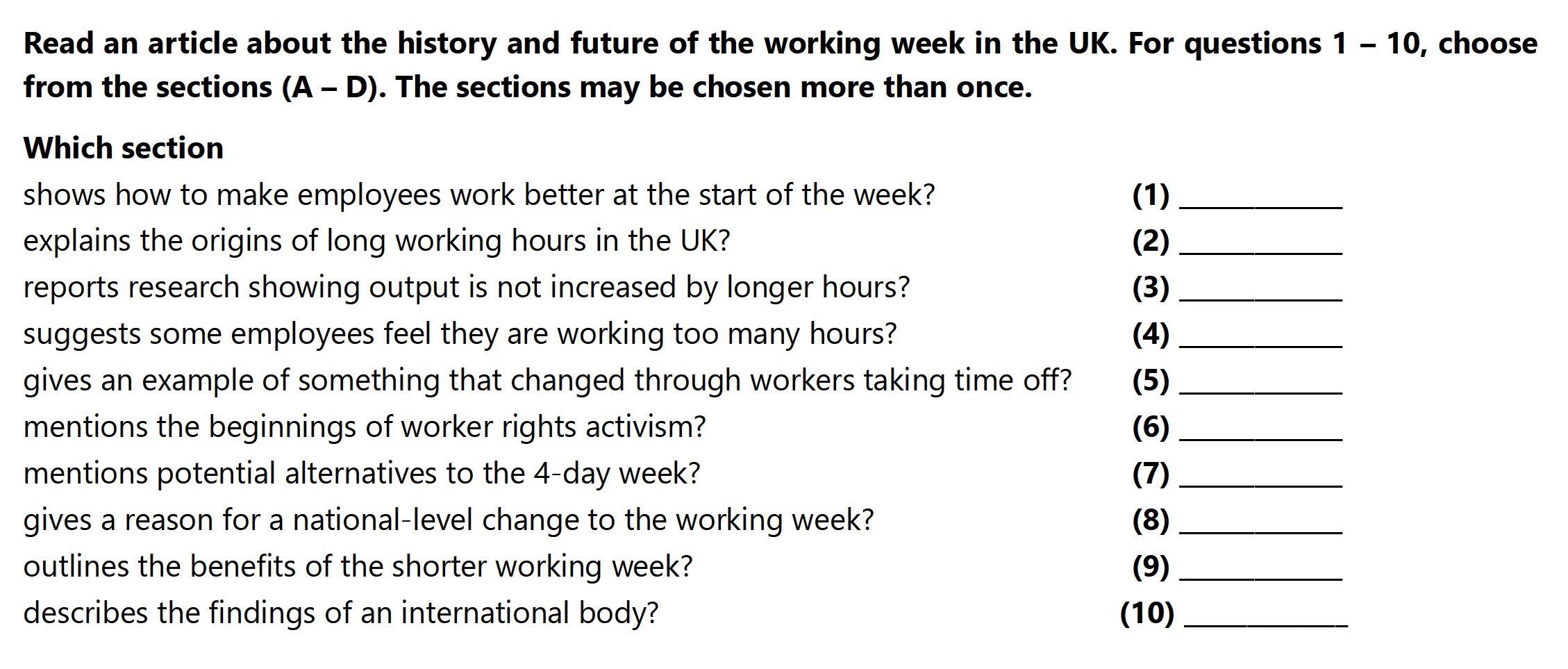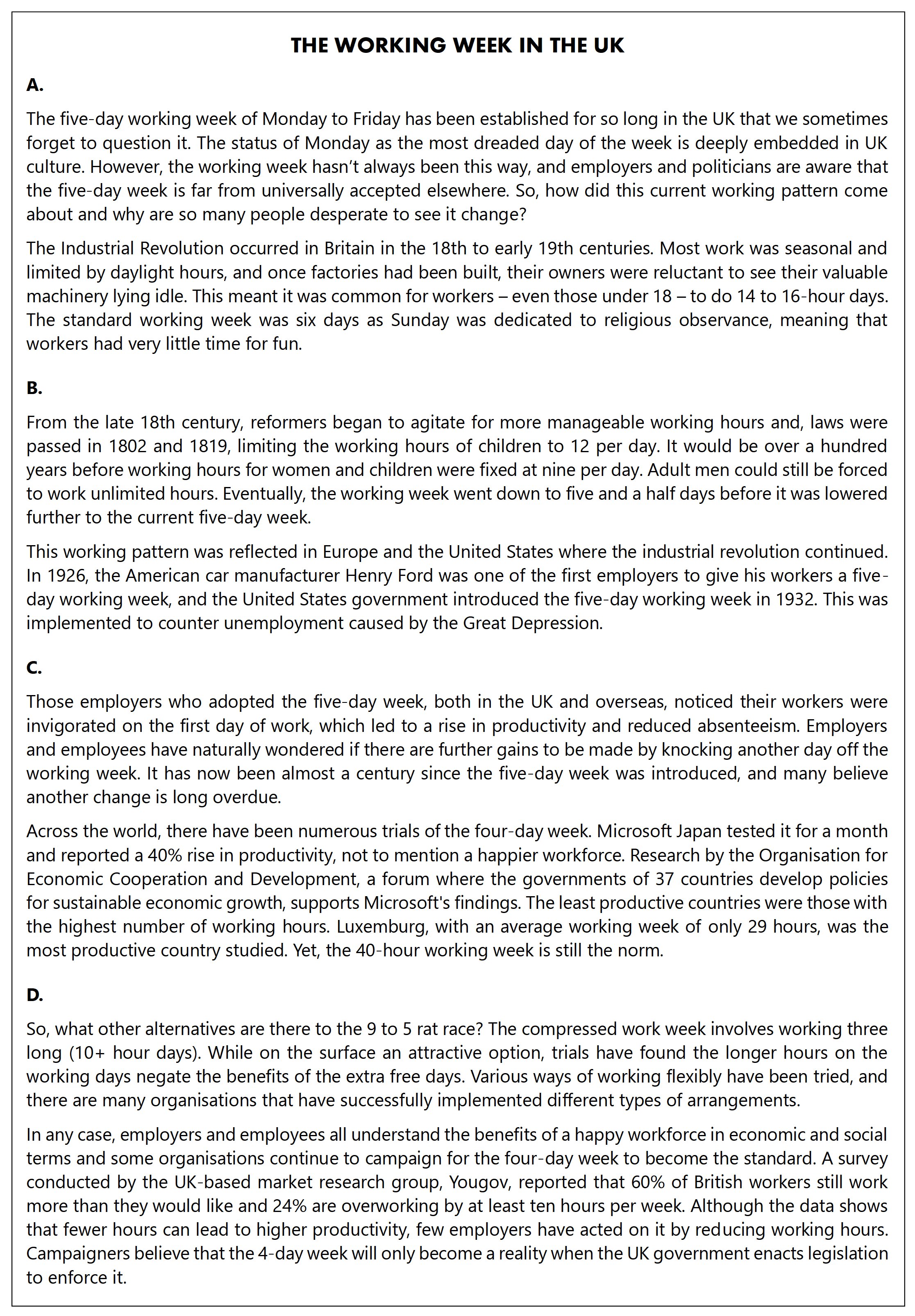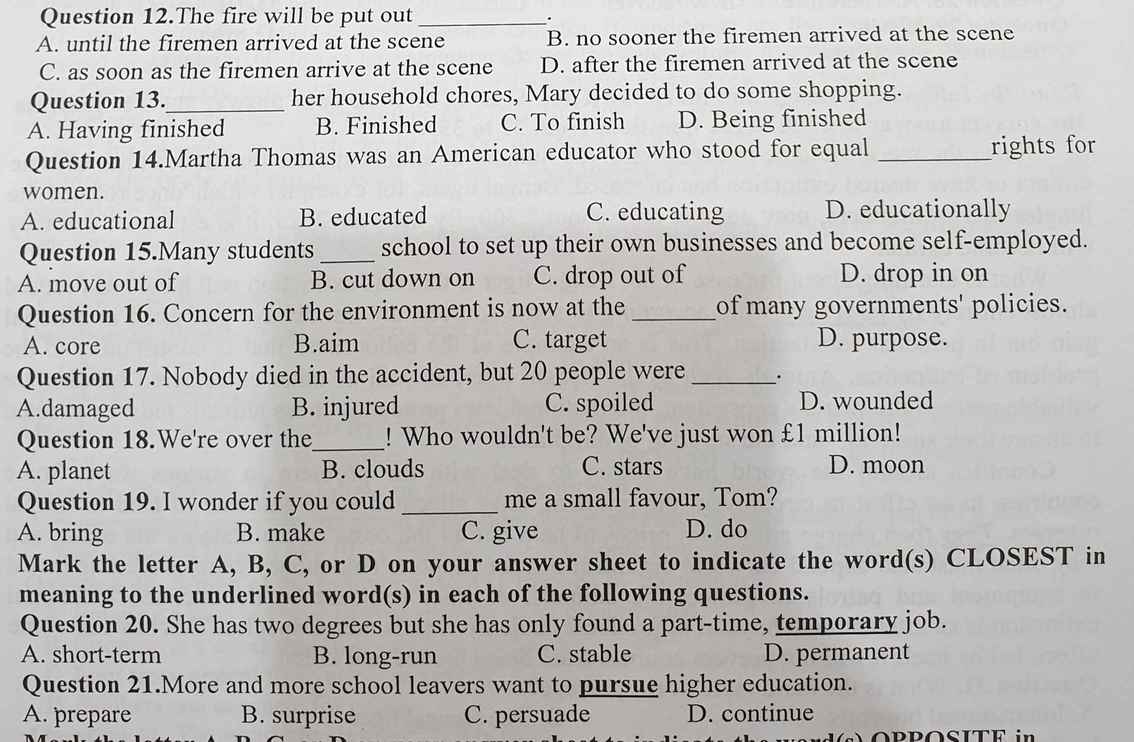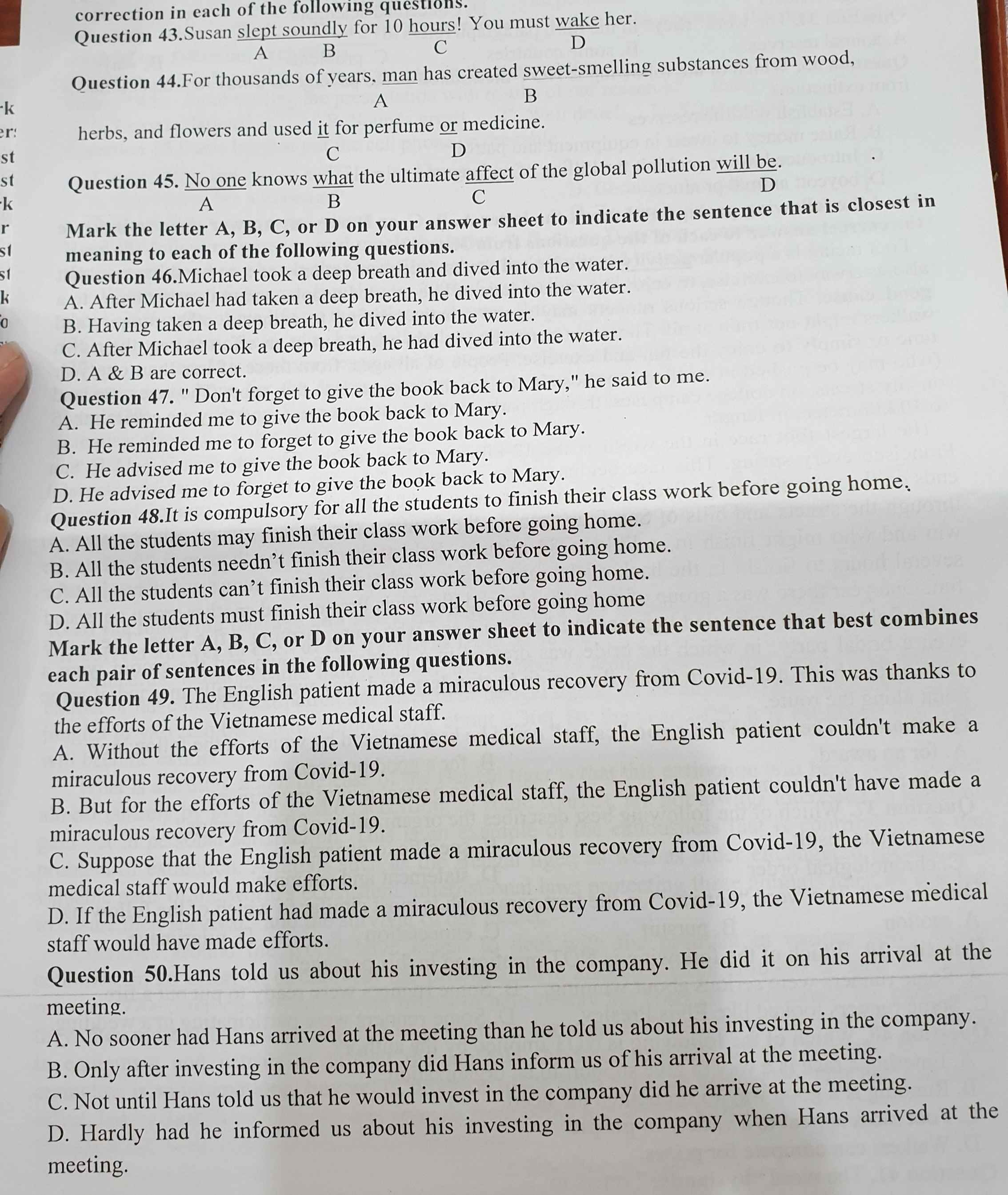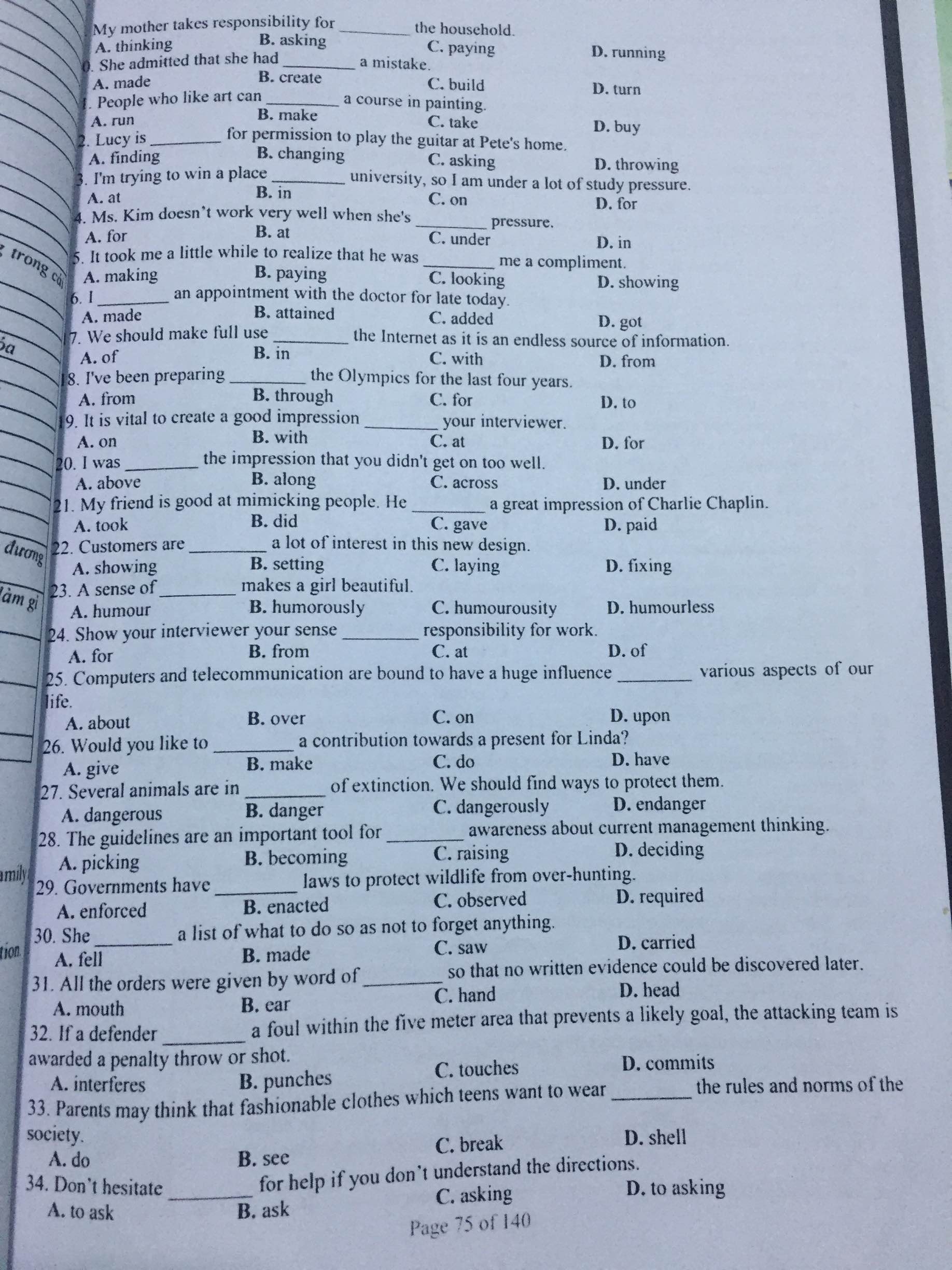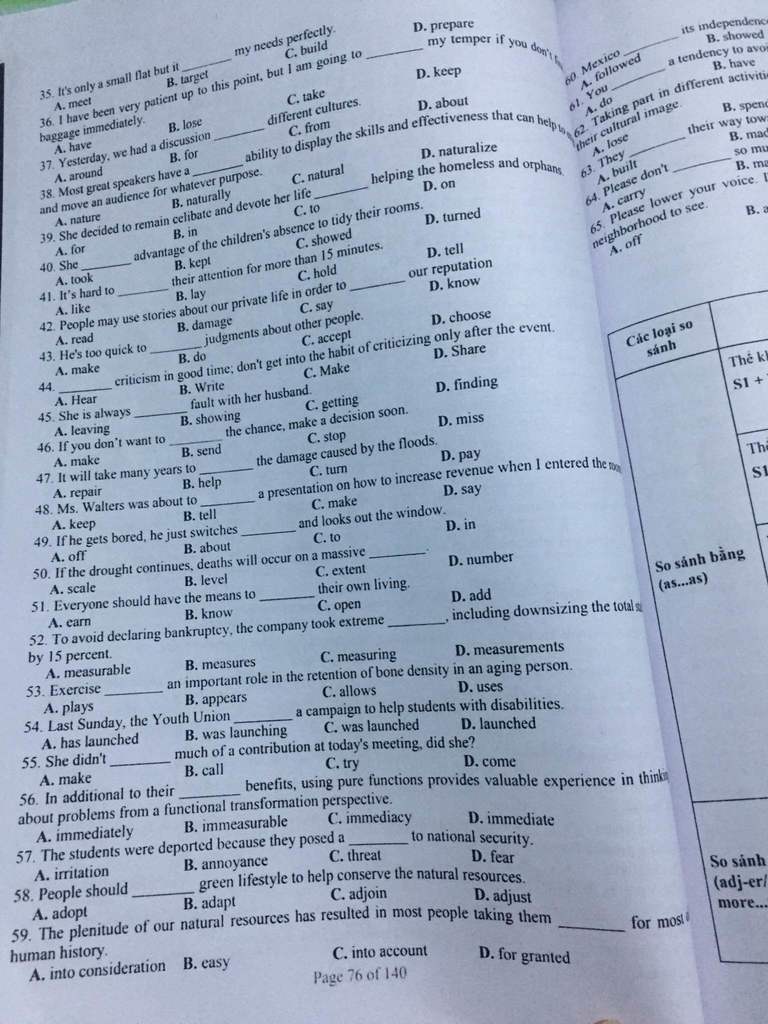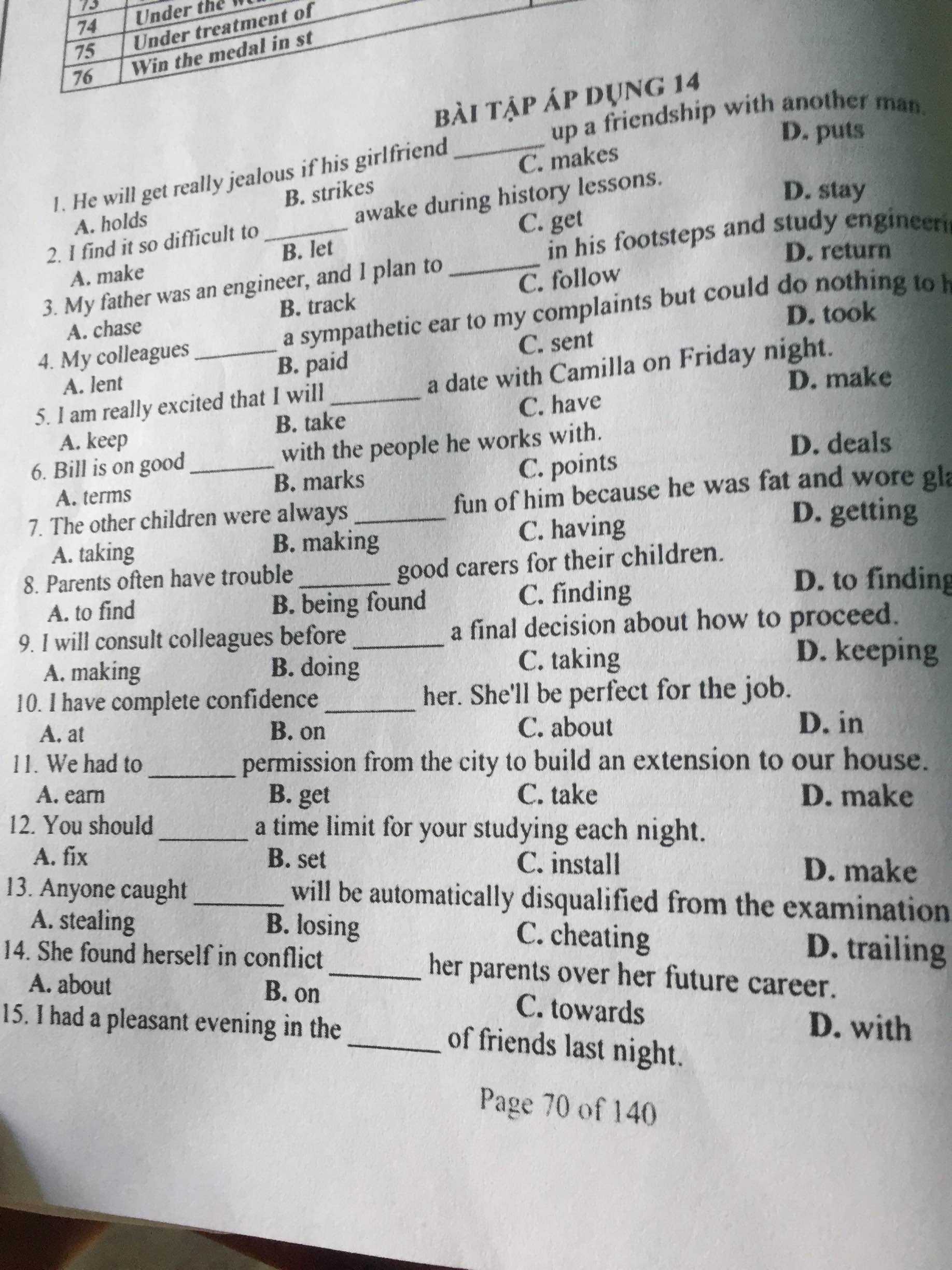1.Which section shows how to make employees work better at the start of the week?
=>Section C: "Those employers who adopted the five-day week, both in the UK and overseas, noticed their workers were invigorated on the first day of work, which led to a rise in productivity and reduced absenteeism."
2.Which section explains the origins of long working hours in the UK?=>Section A: "The Industrial Revolution occurred in Britain in the 18th to early 19th centuries. Most work was seasonal and limited by daylight hours, and once factories had been built, their owners were reluctant to see their valuable machinery lying idle."
3.Which section reports research showing output is not increased by longer hours?
=>Section C: "Research by the Organisation for Economic Cooperation and Development... supports Microsoft's findings. The least productive countries were those with the highest number of working hours."
4.Which section suggests some employees feel they are working too many hours?
=>Section D: "A survey conducted by the UK-based market research group, Yougov, reported that 60% of British workers still work more than they would like and 24% are overworking by at least ten hours per week."
5.Which section gives an example of something that changed through workers taking time off?
=>Section C: "Microsoft Japan tested it for a month and reported a 40% rise in productivity, not to mention a happier workforce."
6.Which section mentions the beginnings of worker rights activism?
=>Section B: "From the late 18th century, reformers began to agitate for more manageable working hours and, laws were passed in 1802 and 1819, limiting the working hours of children to 12 per day."
7.Which section mentions potential alternatives to the 4-day week?
=>Section D: "So, what other alternatives are there to the 9 to 5 rat race? The compressed work week involves working three long (10+ hour days)."
8.Which section gives a reason for a national-level change to the working week?
=>Section B: "The United States government introduced the five-day working week in 1932. This was implemented to counter unemployment caused by the Great Depression."
9.Which section outlines the benefits of the shorter working week?
=>Section C: "Across the world, there have been numerous trials of the four-day week. Microsoft Japan tested it for a month and reported a 40% rise in productivity, not to mention a happier workforce."
10.Which section describes the findings of an international body?
=>Section C: "Research by the Organisation for Economic Cooperation and Development... supports Microsoft's findings. The least productive countries were those with the highest number of working hours."

